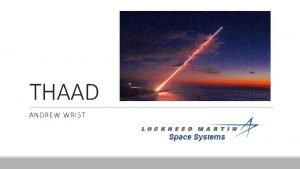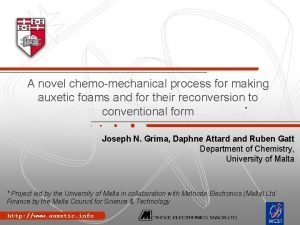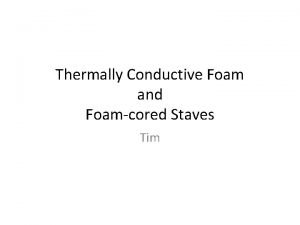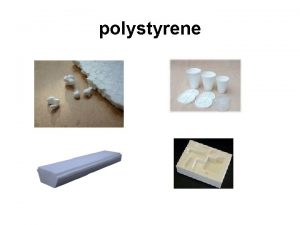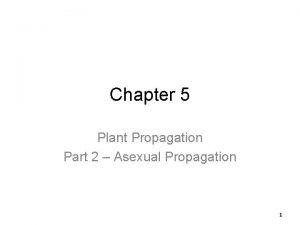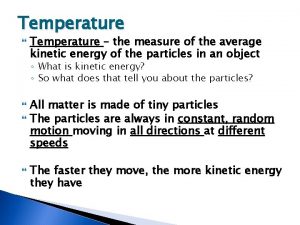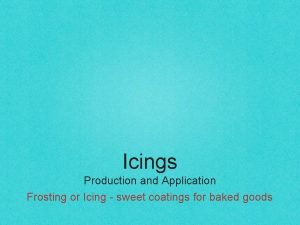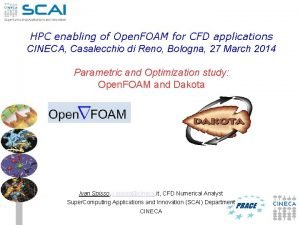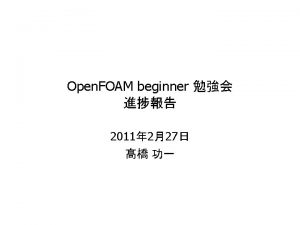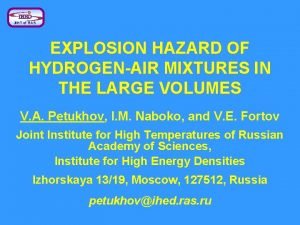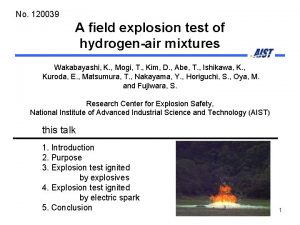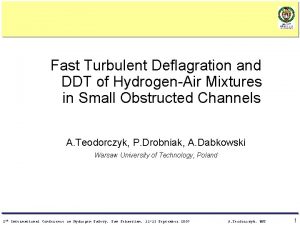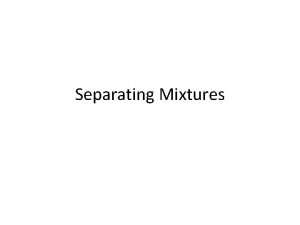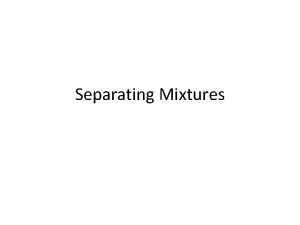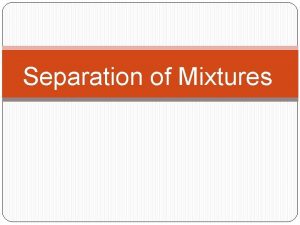Exfire Foam Explosion Venting of Rich Hydrogenair Mixtures
















- Slides: 16

Exfire. Foam研究团队 Explosion Venting of Rich Hydrogen-air Mixtures in a Cylindrical Vessel with Two Symmetrical Vents Guo J. 1, Shao K. 1, Rui S. H. 1, Sun X. X. 1, Cao Y. 1, Hu K. L. 1, Wang C. J. 2, * 1 Anhui 2 University of Science and Technology, PR China Hefei University of Technology, PR China

Outline § Background and objectives § Experimental setup and conditions § Results and discussion § Conclusions § Acknowledgments

Background Ø the increasing use of hydrogen Ø the safety issues related to hydrogen explosion venting Ø lack of study on explosion venting through multi-vents

Objectives Experiments on vented explosion of H 2 -air mixtures in a vessel with two symmetrical vents were conducted to investigate: Ø internal and external flame behavior Ø internal and external pressure buildup Ø the difference between single and two vents with same total vent area

Experimental setup Cylindrical vessel (diameter and length: 25 cm) Pressure transducer Quartz window 10 -cm-long neck 7 cm × 7 cm vent PT 1 - PT 3 : pressure transducer

Experimental conditions Vent cover Thin diaphragm lightly glued Ignition position central ignition Spark energy 500 m. J Hydrogen equivalence ratio 2. 0 Number of vent 0 (constant volume explosion), 1, 2 Vent area ( determined by orifice 0 (constant volume explosion), 6. 12, plate as shown below) 12. 25, 24. 5, 49, 98 cm 2 Orifice plate

Results and discussion Flame evolution electrode l Flame distortion and cellularity occurs earlier for larger vent area.

Results and discussion Flame evolution l Flame acceleration due to venting was observed towards the vent but not in the opposite direction.

Results and discussion Effect of vent number on flame evolution and pressure history l The use of two vents leads to the earlier cellular flame but no obvious difference in the internal pressure histories.

Results and discussion Effect of vent area on internal overpressure l The maximum overpressure decrease with the increase of vent area. l No significant change of the maximum overpressure occurs when two vents with the same total vent area are used.

Results and discussion Effect of vent area on the external flame length l The maximum external flame length increases with the increase of vent area. l The use of two vents decrease the external flame length.

Results and discussion External pressure histories l External explosion occurs earlier for larger vent area. l No monotonic trend of the maximum external overpressure over vent area was found.

Results and discussion Effect of external explosion on internal pressure l Turbulent oscillation of the internal pressure due to external explosion was observed for larger vent areas.

Conclusions n Larger vent area leads to the earlier occurrence of flame distortion, flame cellularity and external explosion. n The maximum internal overpressure decrease with the increase of vent area. n Compared with the case of one vent, the use of two vents with same total vent area leads to nearly unchanged maximum internal and external overpressures but much smaller external flame length.

Acknowledgments The authors would like to acknowledge the funding from the National Natural Science Foundation of China (No. 51276177), Innovation and Entrepreneurship Training Program of China (No. 201310361073) and Hy. SEA (Grant no. 671461) through the European Commission’s “Fuel Cells and Hydrogen 2 Joint Undertaking”.

Thanks for your attention
 Wet venting rules
Wet venting rules Thermally initiated venting system
Thermally initiated venting system Vent sexing a chicken
Vent sexing a chicken Auxetic
Auxetic Go glueless foam
Go glueless foam Eps foam pro
Eps foam pro Foam pro 1600
Foam pro 1600 Hi-ex foam
Hi-ex foam Phenolic foam
Phenolic foam Ecomate blowing agent
Ecomate blowing agent Measurement of average kinetic energy
Measurement of average kinetic energy Sugar syrup crystallized to smooth creamy white mass
Sugar syrup crystallized to smooth creamy white mass Cfd applications
Cfd applications Contoh foam type cake
Contoh foam type cake Biatian
Biatian Foam concrete poland
Foam concrete poland Set dict
Set dict

